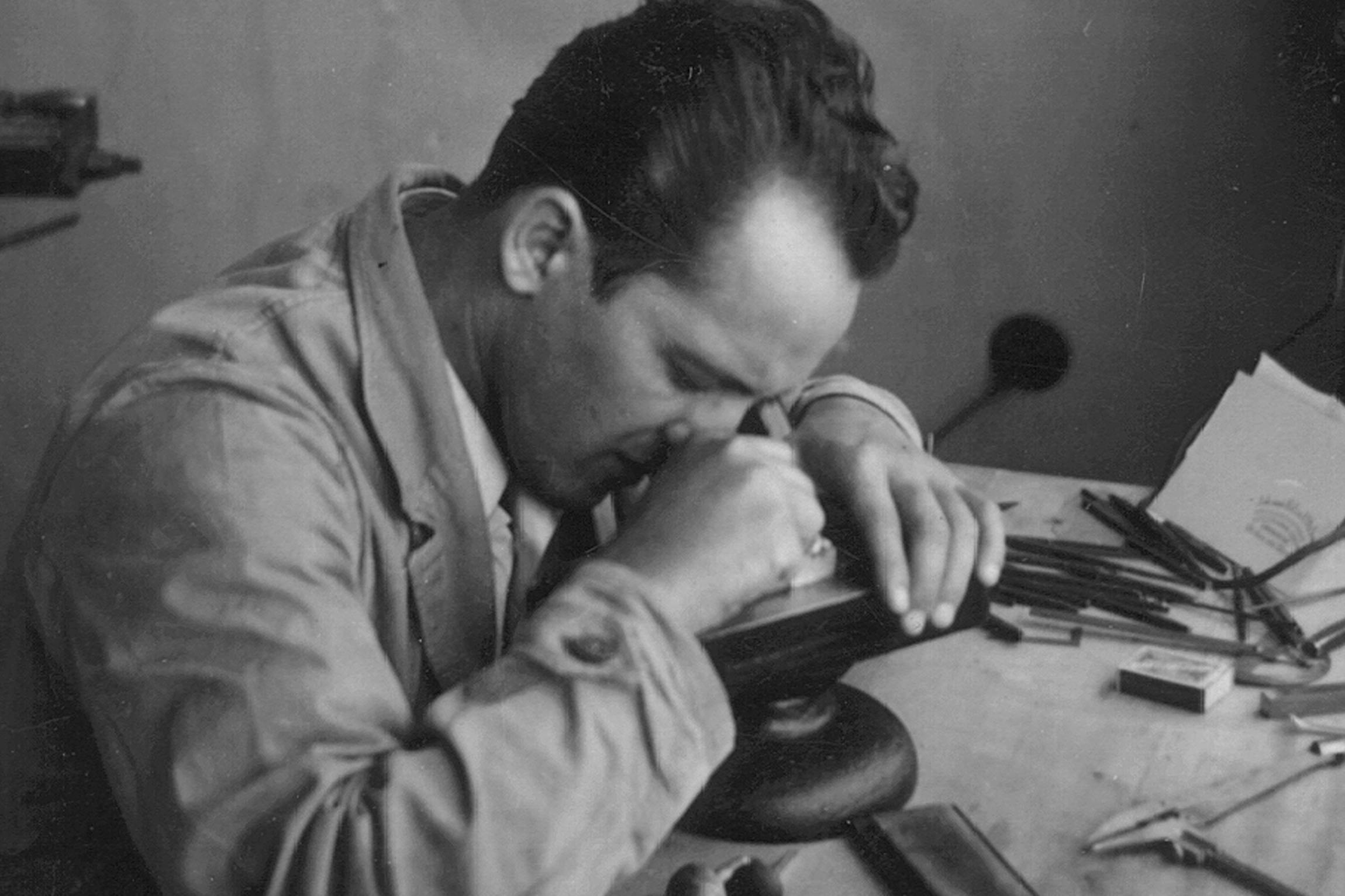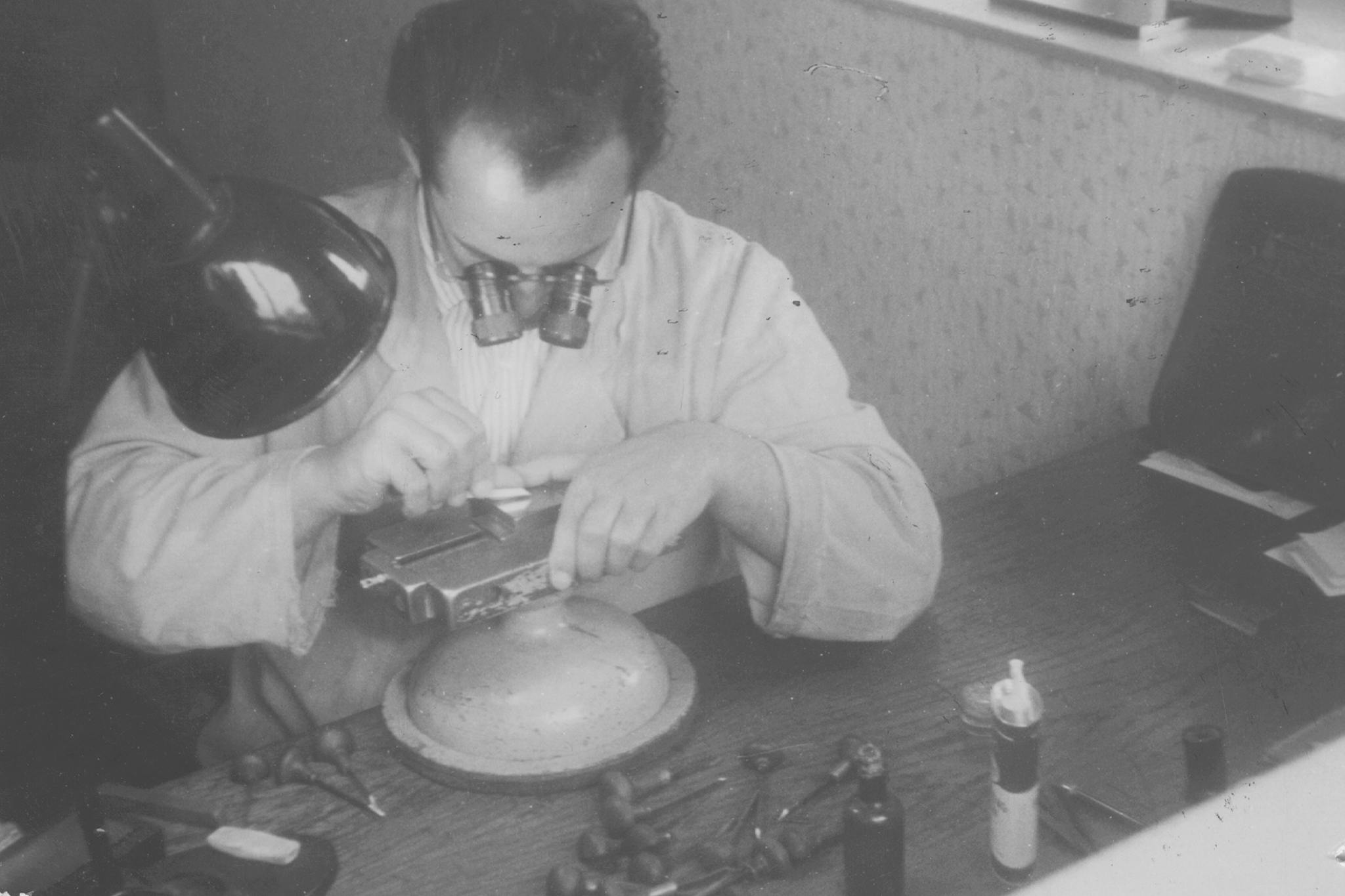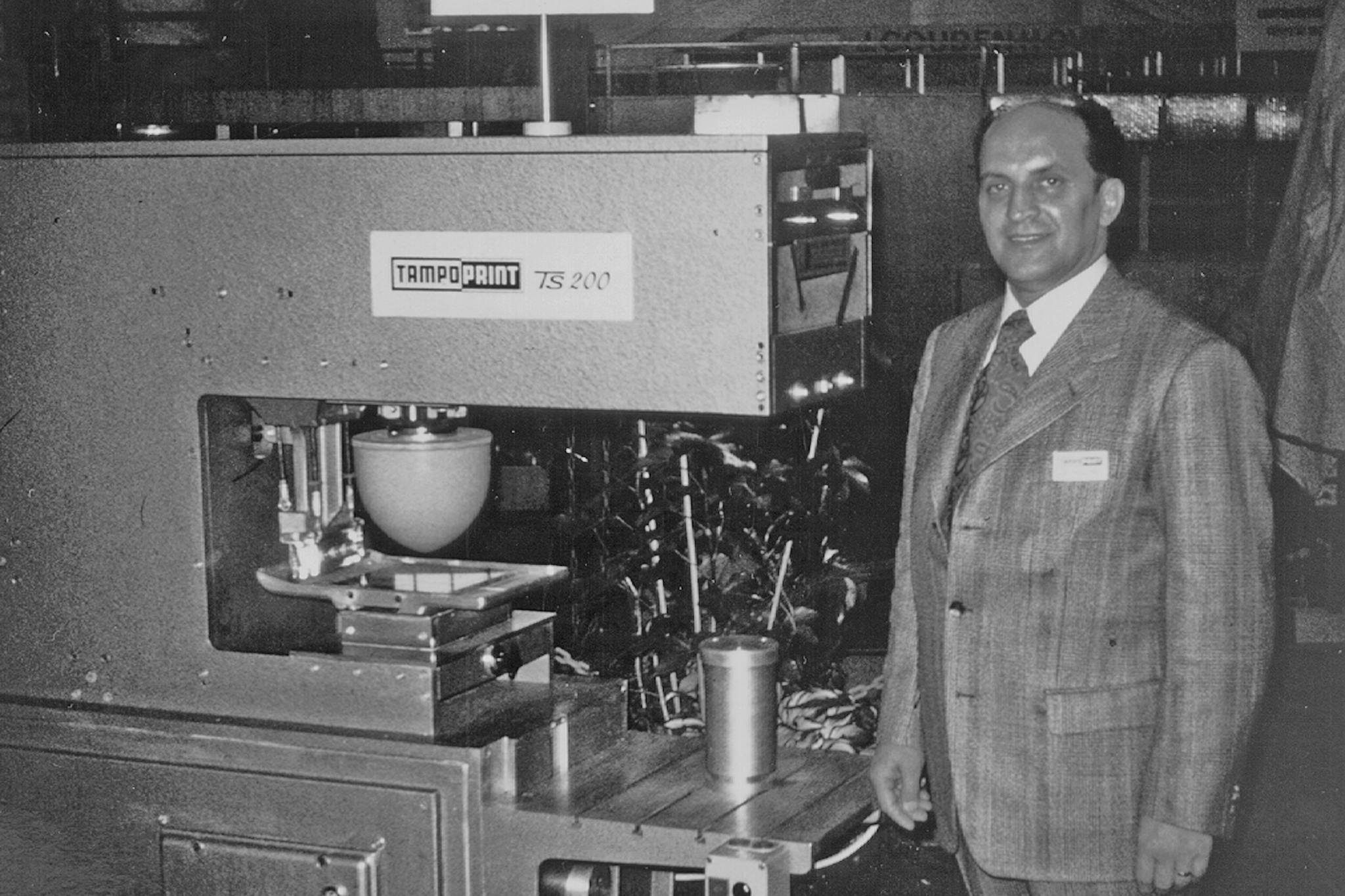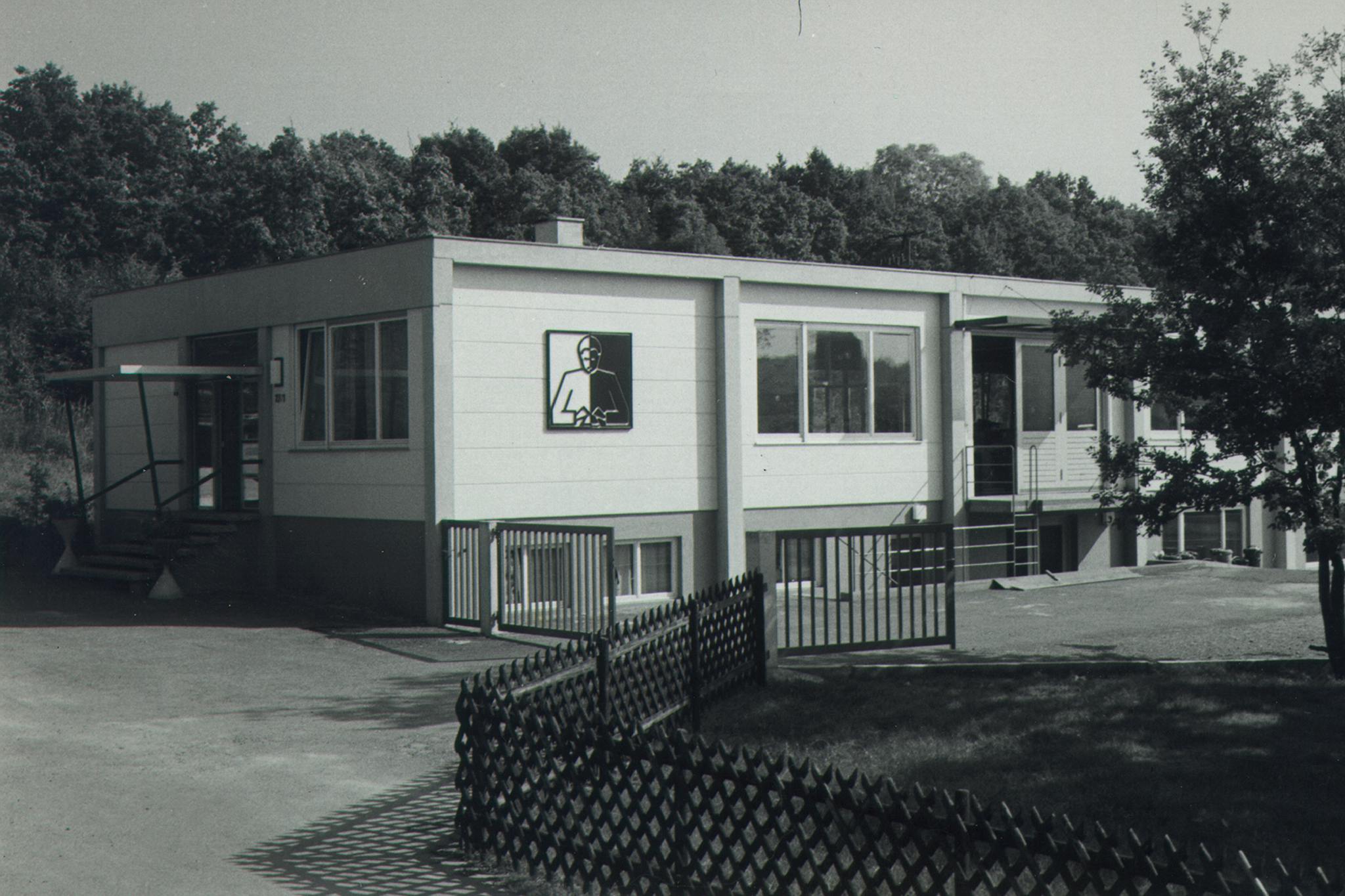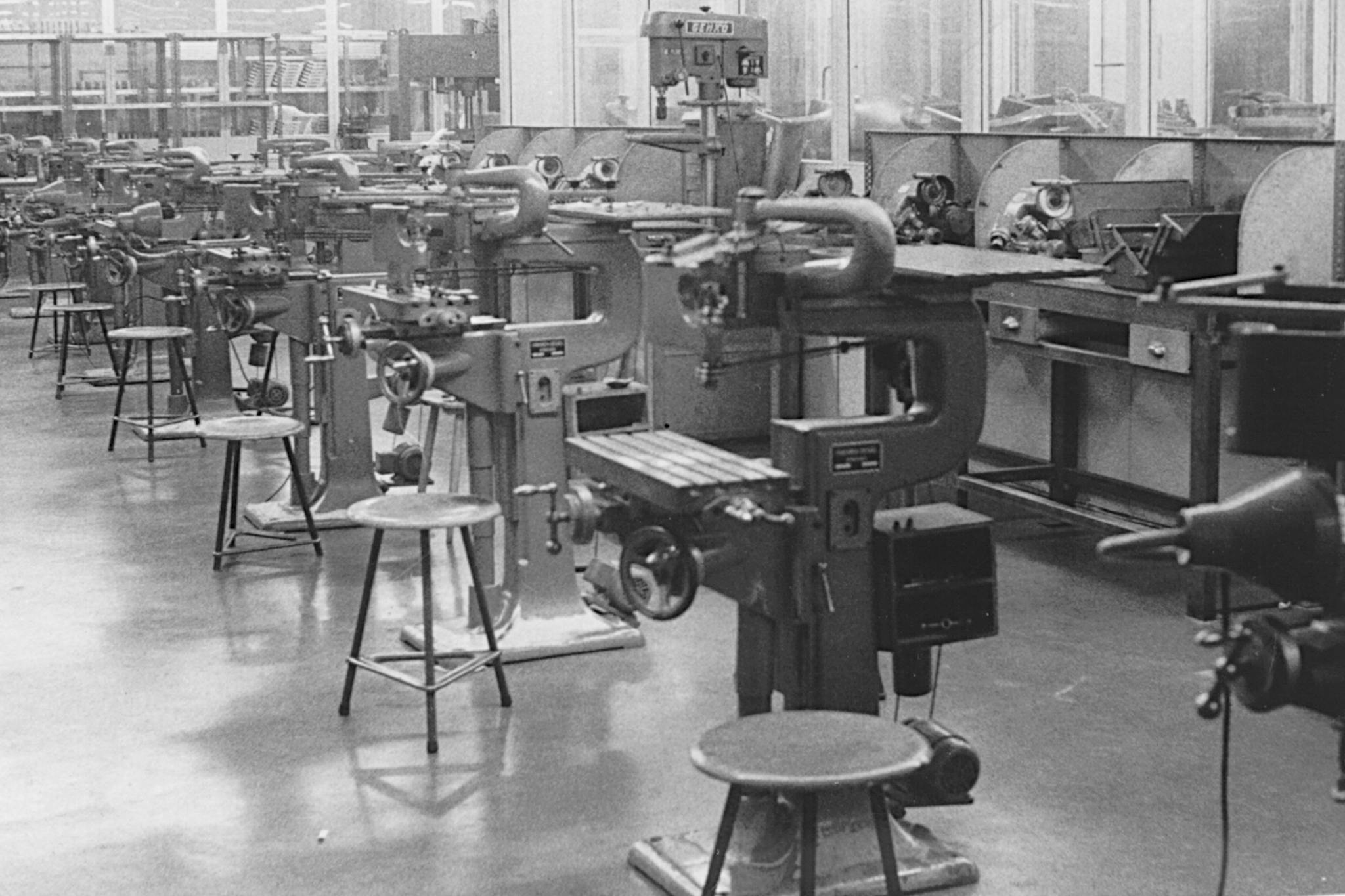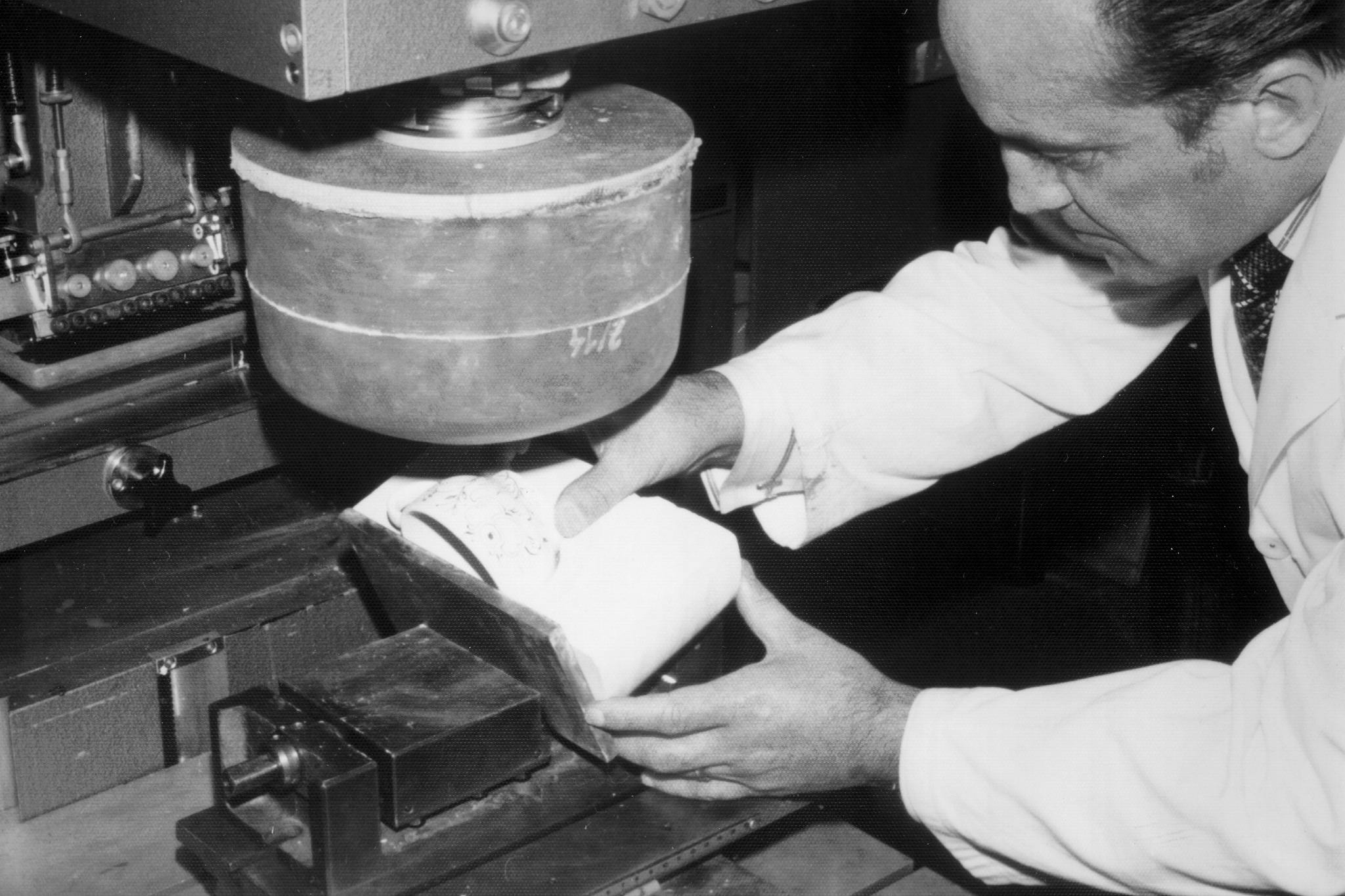Memories of Wilfried Philipp
The man had strength. And vitality. And, even in his early 90s, it was still contagious. You almost involuntarily assumed a posture, became a bit taller.
It quickly became clear why that was the case. “I am an engraver you know. And it' s true for an engraver that you need strength AND feeling to create something beautiful. At least that’s how an engraver handles his tools. And that's what I've always done with people: employed he best, led strongly and treated them well.”
Instead of ranting about management theories, he quickly became specific. He told of the beginnings as an engraver’s apprentice, of the first machine, the founding of the company, and again and again: of ideas. “Do you know what I did then?”, he said, leading on to a new subject. And you could sense that this man could still inspire, even after more than three quarters of a century. For cleverly solved tasks, new techniques, bright minds, and persistent developers.
“Are you happy with it?” was his most common question during the weekly company tour. He said he was satisfied when the employees were satisfied. And he could afford that, he said, because his people had a fire inside them. It was not necessary to ask who was lighting this fire when you saw the sparkle in his eyes.
It all began ninety years ago in the Silesian Altvatergebirge, the Hrubý Jeseník of the modern-day Czech Republic and the former Sudetenland. There, in Karlstal, the son of a forestry worker, who came from a humble background, attended a technical school, became enthusiastic about physics at an early age and completed his training as a toolmaker and engraver during the war.
Hardly had he finished his apprenticeship when a sad chapter began for the eighteen-year-old, who was still a minor at the time: his expulsion. But even in West Germany, the engraver did not have to look for work for long. From then on, he engraved signet rings, devotional objects and, incidentally, many an American soldier’s rifle, initially in Mindelheim, Bavaria.
After a stop in Schwäbisch Gmünd at a damascening company, he moved on to Stuttgart, where he continued his self-taught training as a steel engraver. Because of this expertise, the Fischer-Metteli company then brought him to Switzerland, where he worked in the supreme discipline of engraving, the production of dials for high-quality watches.
However, the Swabian by choice returned to Stuttgart to set up his first company. With just 500 Deutschmarks, he founded his “Workshop for Free Engraving Techniques” in 1956 in the east of Stuttgart, which supplied print shops with printing plates.
Soon a larger workshop was needed, for which the founder purchased the first engraving machine by borrowing from a friend. In 1961, there were already 3 engraving machines in Zuffenhausen and, from 1968, first 10 and later 20 machines in Kallenberg.
Of course, the workforce grew too: The one-man operation turned into a company with three, ten, twenty, then twenty-five employees.
“I have always exploited the technology, not the people” said Wilfried Philipp about the motto he has always followed. That is why the secrecy of the plans of the all self-developed machines had worked. “Employ the best and treat them well. That's how to create a family that sticks together.”
Until then, this team produced mainly tools for minting coins and printing plates. “Mechanical engineering simply resulted from the inventive spirit. We wanted to be better, to be able to do more than others, to be more reliable.”
Selling the machines ourselves was not actually the plan. But they were not closed to demand, and in 1966 the first machine under their own patent was sold to engravers.
It was from this spirit that Philipp also developed his new idea to make it market ready at the end of the 1960s: printing with silicone pads. The vision was to print on surfaces of any form. After more than two years of development, it was clear: It works. Silicone pads can be used to print on surfaces of any shape. Then it was just about the speed, colors, and precision. After 5 years of persistent work, process maturity was reached.
Philipp was able to present this first silicone pad printing machine on the KraussMaffei exhibition booth in 1971. The feedback was amazing. Philipp returned from Düsseldorf with 30 orders. The rest is company history. The process proved to be a quantum leap for the plastics industry. This is how the “Wilfried Philipp Industriegravuranstalt” grew into today’s “TAMPOPRINT” group, headquartered in Korntal-Münchingen near Stuttgart, with a worldwide sales network. Today, TAMPOPRINT is managed by the third generation.

